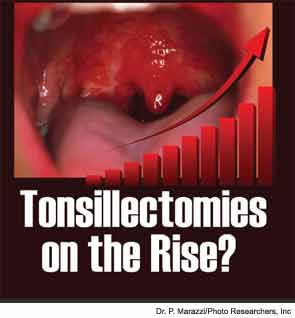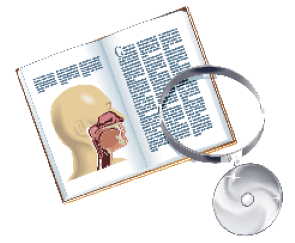Over the past 15 years, a distinct subgroup of head and neck cancers caused by the human papillomavirus (HPV) has emerged, particularly among white males between 45 and 54 years of age


Over the past 15 years, a distinct subgroup of head and neck cancers caused by the human papillomavirus (HPV) has emerged, particularly among white males between 45 and 54 years of age


Transoral incisionless fundoplication (TIF) shows promise for patients with gastroesophageal reflux disease
Nasal irrigation can be an effective therapy for chronic rhinosinusitis, provided patients—especially children—are shown safe and proper irrigation techniques
Activated hexose correlated compound (AHCC) and ginseng are some doctor-recommended, go-to complementary and alternative medicine treatments for patients with chronic sinusitis
Immunohistochemical analysis of p16 expression levels in tumor tissues, and it situ hybridization to detect many types of onocogenic HPV, are often used either alone, or in combination
Before determining the need for tonsillectomy, it is highly beneficial to refer children with sleep-disordered breathing for polysomnography (PSG)

Polysomnography (PSG) has been recommended by the American Academy of Pediatrics as the gold standard for the diagnosis of obstructive sleep apnea (OSA) versus mild sleep disordered breathing (SDB) prior to tonsillectomy and adenoidectomy (T+A) in children. Mild SDB includes primary snoring and upper airway resistance syndrome. Controversy exists regarding the accuracy of history and physical exam (H+P) alone in children for the diagnosis of OSA versus mild SDB prior to T+A. Thus, PSG has been recommended to confirm the diagnosis

Nasal dressings have frequently been advocated to improve wound healing and prevent ongoing bleeding after endoscopic sinus surgery (ESS). Initial experience focused on removable nasal packing materials; however, their adverse effect profile, such as pain/discomfort and mucosal trauma, has driven the development of absorbable biomaterials. Despite these developments, there is still little agreement on the optimal choice of nasal dressing or whether nasal dressings are required at all